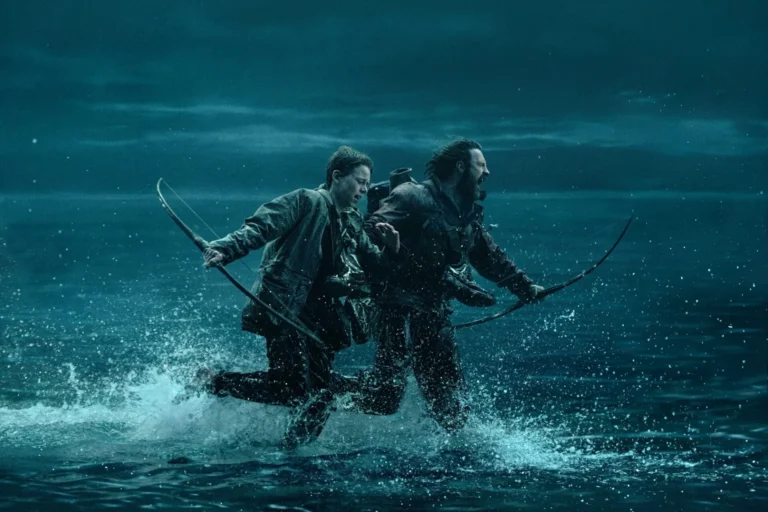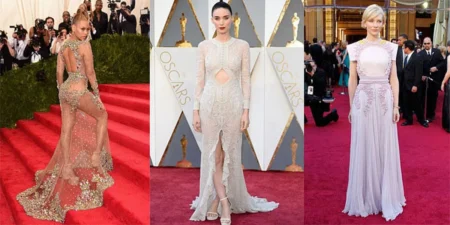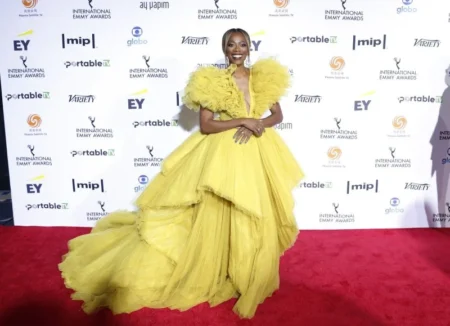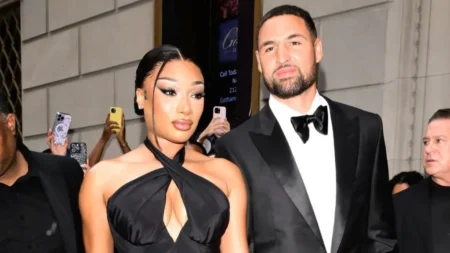The zombie genre has seen many hits over the past 25 years, from The Last of Us to Train to Busan, World War Z, Zombieland, Resident Evil, Dawn of the Dead, and Shaun of the Dead. Among these, 2002’s 28 Days Later stood out for its gritty, documentary-like style using inexpensive digital cameras. Its sequel, 28 Weeks Later, came out in 2007. Now, in 2025, director Danny Boyle and writer Alex Garland reunite for the third installment, 28 Years Later, bringing a fresh and intense take on zombie horror.
28 Years Later is unique and bold, offering a style that feels both familiar and unsettling. You don’t need to watch the earlier films to follow the story, though a little context is provided for fans of the series. What makes this installment stand out is Boyle’s fearless approach to filmmaking. Upgrading from cheap digital cameras to iPhones and advanced rigs similar to those used in The Matrix, Boyle keeps some shaky-cam techniques and disjointed editing that give the film a raw, chaotic feel. While this adds to the tension and anxiety, it can also be distracting. At times, the camera movements feel jarring and unnatural, reminding viewers of the filmmaker behind the lens.
Alex Garland’s writing also plays a key role in the film’s impact. His partnership with Boyle is effective because both are unafraid to push boundaries. Garland builds a world that feels realistic and imaginative at the same time. The story focuses on Spike and his father, exploring their complex relationship while maintaining suspense and tension throughout their journey. The narrative also evokes strong emotions, especially in scenes involving Spike and his mother, adding depth to the horror experience.
The film delivers on gore and suspense, essential elements for any zombie movie. Chaotic camera movements, combined with unsettling visuals of the infected, create moments of intense anxiety. The presence of completely nude infected individuals adds to the grotesque and shocking atmosphere. Blood, gore, and unpredictable action amplify the tension, keeping viewers on edge throughout the film.
While the filmmaking style may feel unconventional, it contributes to a fresh approach in a genre often criticized for repetition. 28 Years Later mixes horror, emotion, and imaginative storytelling to create a unique experience. Boyle’s dynamic direction and Garland’s detailed writing allow the audience to stay engaged, even when the visuals become intense or strange. The film manages to balance suspense, horror, and emotional depth, offering both scares and meaningful character moments.
Overall, 28 Years Later feels fresh in a genre that has produced countless zombie films. It offers a unique perspective, blending grotesque horror, chaotic cinematography, and strong storytelling. Fans of the genre will find the film both frightening and emotionally engaging. The partnership of Danny Boyle and Alex Garland brings originality, tension, and intensity to the screen, making this installment a standout.
For anyone seeking a different take on zombie horror, 28 Years Later delivers a film that is bold, unpredictable, and emotionally compelling. Its unusual filmmaking style may take some getting used to, but the combination of suspense, grotesque visuals, and complex character relationships ensures that the film leaves a lasting impression. 28 Years Later proves that even in a well-trodden genre, filmmakers can still innovate and create something memorable, striking a balance between horror, emotion, and visual creativity.







